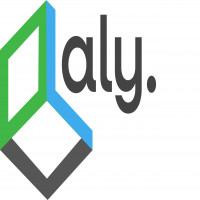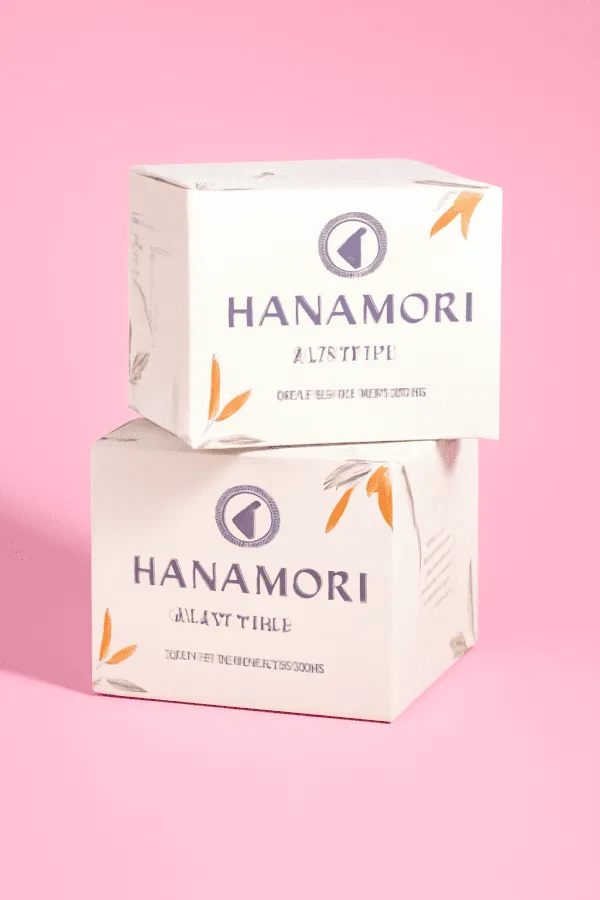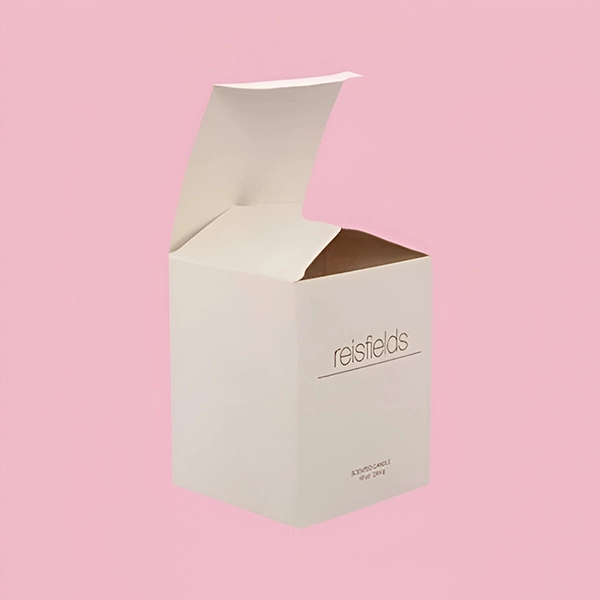Coffee Packaging: Why It Matters More Than You Think

Coffee packaging plays a much bigger role than simply enclosing beans or grounds. It’s the first point of contact between your product and your customer, setting the stage for brand perception, shelf appeal, and product quality. In a competitive market, the right packaging can be the difference between getting noticed or getting passed over.
For roasters and retailers, investing in well-designed, functional, and sustainable packaging is not a luxury — it’s a necessity. Whether you're selling premium single-origin beans or convenient ground coffee blends, the exterior presentation must communicate freshness, authenticity, and trustworthiness at a glance.
Coffee Packaging Trends in Today’s Market
Coffee packaging trends are evolving rapidly, influenced by consumer behavior, environmental concerns, and technological advancements. The industry has shifted from basic utility to more experience-driven, environmentally conscious, and brand-focused packaging solutions.
Today’s consumers look beyond flavor. They want to know how their coffee was sourced, how the beans were roasted, and how the packaging aligns with their values. This demand has led to the rise of compostable bags, minimalist designs, and QR-code-enabled smart labels that provide transparency and traceability.
Preserving Freshness and Flavor
Preservation is the core function of coffee packaging. Once roasted, coffee begins to lose its flavor and aroma if not stored properly. Exposure to air, light, and moisture can degrade the quality quickly. Packaging innovations like foil-lined pouches, resealable zippers, and degassing valves have become standard solutions to extend freshness.
Vacuum-sealed bags and nitrogen flushing are two additional techniques used to maintain flavor integrity from the roaster to the consumer. By keeping oxygen out and volatile compounds in, these methods help ensure that each cup brewed tastes as intended.
Sustainability and Environmental Impact
Sustainable coffee boxes are no longer a niche concern; it’s a growing expectation. More brands are committing to environmentally responsible materials such as biodegradable films, compostable bags, and recyclable kraft paper. These solutions offer strong protection while minimizing environmental footprint.
One major challenge is combining eco-friendliness with performance. While compostable materials reduce waste, they must also maintain the coffee’s freshness and structural integrity. Brands that succeed in this balance gain the trust and loyalty of environmentally conscious customers.
Design and Branding: More Than Looks
Design is not just about making a product attractive — it’s about creating a visual story that reflects the values of the brand. From earthy, natural aesthetics to sleek, modern minimalism, Custom coffee packaging design varies widely depending on the target market and brand personality.
Color palettes, typography, illustrations, and even the material choice all contribute to how the product is perceived. More importantly, well-designed packaging reinforces brand recognition and makes a lasting impression, both in-store and online.
Customization and Limited Editions
With digital printing technology, small-batch roasters and boutique coffee brands now have the ability to create customized packaging without incurring massive costs. This has opened the door to seasonal blends, event-themed designs, and hyper-targeted marketing campaigns.
Limited-edition packaging is also a powerful storytelling tool. It creates urgency, enhances collectability, and encourages social sharing — especially when the packaging aligns with cultural moments or collaborations with artists and influencers.
Smart Features and Interactivity
The integration of technology into packaging is shaping the future of the coffee industry. From QR codes that reveal farm-to-cup journeys to NFC chips that offer brewing guides, smart packaging is turning static labels into interactive experiences.
This digital layer not only enhances customer engagement but also builds transparency and trust. Consumers can scan a package and see certifications, roast dates, or even the farmer’s profile, creating a deeper connection to the product.
E-commerce and Direct-to-Consumer Packaging Needs
Online coffee sales have grown significantly, and this has changed how products are packaged. Since consumers can't see or smell the coffee in person, the packaging must do extra work to communicate value and quality through visuals and unboxing experience.
Shipping-friendly designs — like compact, sturdy boxes or flat-bottom pouches — have become essential. Brands are also adding personal touches inside the box, such as thank-you notes or brewing instructions, to enhance the overall experience.
Regulatory and Global Market Considerations
As brands expand into international markets, packaging must comply with various regulations around labeling, sustainability, and language. These differences may require changes in design, structure, or even the materials used, depending on the country of sale.
This complexity makes it crucial to work with packaging suppliers who understand regional requirements and can produce packaging that meets global standards while maintaining brand consistency.
The Premium Coffee Experience
Premium coffee deserves premium packaging. But this doesn’t always mean luxurious or expensive — it means thoughtful, quality materials that align with the product's positioning. Matte finishes, metallic foils, and embossed elements are commonly used to elevate the product's look and feel.
These enhancements are subtle signals that tell the customer they’re buying something special. They help position the coffee as a craft product, deserving of a higher price point and deeper appreciation.
The Future of Coffee Packaging
The future will be shaped by three primary drivers: sustainability, technology, and consumer personalization. As packaging materials become more advanced and accessible, brands will be able to offer eco-conscious solutions without compromising quality or performance.
We’ll likely see further adoption of smart packaging, especially as digital literacy continues to grow. Personalization, both in product and packaging, will also become more prevalent as brands use data to create tailored customer experiences.
Conclusion
Coffee is no longer just about holding beans — it’s about communication, preservation, and connection. It’s the interface between brand and buyer, the guardian of freshness, and the visual storyteller that brings a product to life. As trends evolve and consumers grow more informed, brands that prioritize smart, sustainable, and beautifully designed packaging will lead the way in this ever-growing industry.
FAQs
Why is packaging important for quality?
Proper packaging preserves the aroma, flavor, and freshness of coffee by protecting it from air, moisture, and light. It ensures that what the consumer brews at home matches the roaster’s original flavor profile.
What are the most eco-friendly packaging options?
The most sustainable choices include compostable bags made from plant-based materials, recyclable kraft paper pouches, and reusable tins. These options reduce environmental impact while maintaining product quality.
Note: IndiBlogHub features both user-submitted and editorial content. We do not verify third-party contributions. Read our Disclaimer and Privacy Policyfor details.




